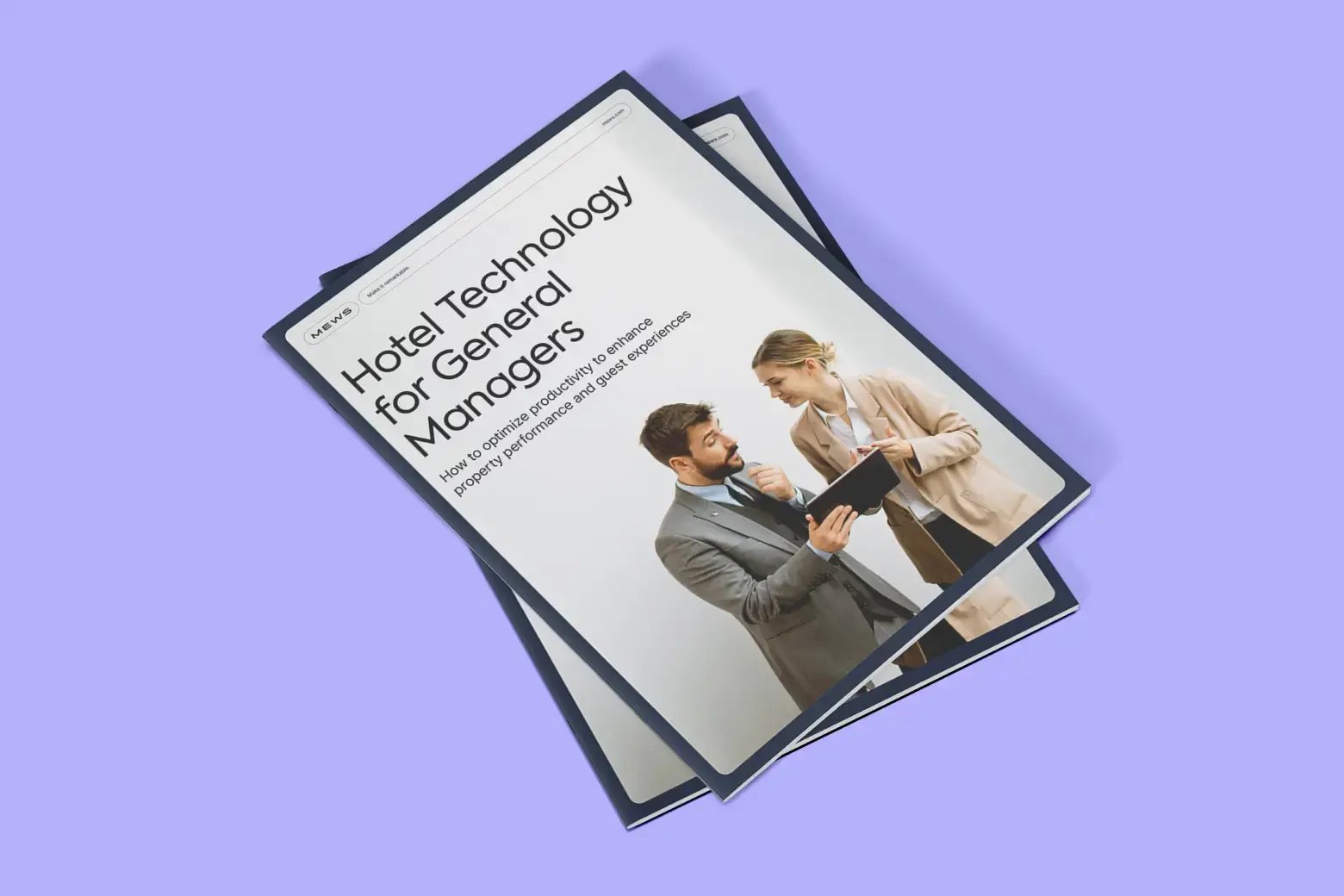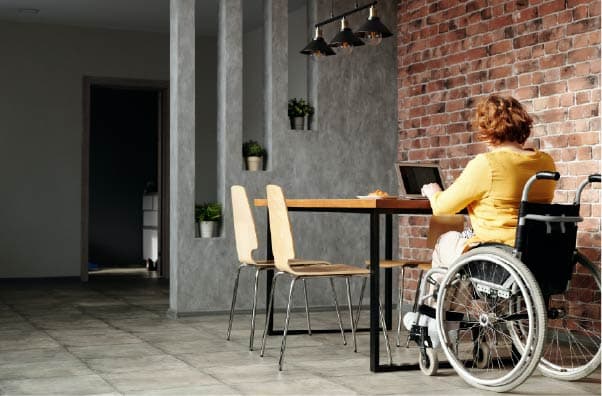An accessible hotel room is a room that can be used and enjoyed by everyone, no matter their degree of mobility. This means that the hotel room is designed to accommodate individuals with reduced mobility or people with any kind of disability. It should be in the hands of the hotel to properly make their rooms within reach of all target audiences, whether your country makes it a requirement or not.
In this article, we’ll look at what is an accessible hotel room and the eight elements that a hotel room must include in order to be able to be inclusive and accommodate any kind of guest.
Table of contents
What is an accessible hotel room?
While in a perfect world, all hotel rooms would be made to suit any kind of guest, the idea of an accessible hotel room is that there are special accommodations made for guests with any kind of disabilities, including individuals with impaired vision, those with hearing loss, and reduced mobility. This means that the room is designed while thinking about the needs of this kind of client so that they can move around in the room comfortably.
In some countries, like the United States, hotels are obligated to have a certain percentage of their rooms be accessible, across different floors and for different room types. This means that these rooms that are created for people with disabilities are required to include roll-in showers, toilets with bars on the sides, wide entryways to accommodate wheelchair maneuvering and other elements that we will discuss in more detail below.
Eight elements that accessible hotel rooms must include
While there are many types of disabilities, as a hotelier, it is your responsibility to create an inclusive hotel that is welcoming to all individuals no matter their degree or kind of disability. This can be done by creating smart rooms that help use technology to make rooms more accessible with elements like voice technology. We will look at some of the key elements that these types of rooms must include so that they can be hospitable for all guests.
Voice technology is an excellent tool to contribute to accessibility because this way your guests can control light switches, put on music or the television, and use the virtual concierge services activated by voice. Read more about voice technology. For those who are hearing impaired, you can implement smart mirrors and other smart technology with these kinds of guests in mind.
1. Spacious and clutter-free
Spaciousness is essential to provide adequate space for people in wheelchairs to move around the room freely. This also means that there shouldn’t be any obstacles in their way like carpets or elements wheelchairs could get stuck on. Ideally, for better traction, the rooms should have hardwood floors. The same goes for the visually impaired, there shouldn’t be any obstacles that might get in their way from moving around the room comfortably.
The best way to avoid possible hurdles is to have a room that is clutter-free with a simple layout, and minimal furniture to make it as easy as possible to navigate around the room.
2. Automatic doors
Automatic doors are essential, especially for individuals in a wheelchair. There should be an automatic door when entering and exiting the room, and ideally, a power door assist as hotel room doors tend to be very heavy. When possible, automatic doors should also be in the entry to your hotel so that people can easily enter and exit the hotel without help. Learn more about lobby design..webp?width=1353&height=1077&name=Website%20body%20Image%201%201076%20x%201352-50%20(4).webp)
3. Adjustable beds
Whether your guests need a hoyer lift or not to get into bed, it’s important to have a bed with an adjustable height that can accommodate any kind of guest. This will also mean that you have the dimensions and height of the bed documented, so your staff is able to answer these important questions. Knowing this height, guests can more easily understand if they will be able to lift themselves into the bed or will need assistance.
You may also like:
- Best ways to improve hotel employee satisfaction?
- Frequent guest expectations in hotels and how to exceed them
4. Roll-in shower and bars
A roll-in shower means that the shower should be quite spacious without any steps or obstacles in the way, so people in wheelchairs can get in and out of the shower without any problems. The shower should also have a bench and bars in the shower and next to the toilet. The bathroom should have a panic button installed should they need help.
5. Buzzer and light
A buzzer and light are necessary for guests who are hearing impaired. The buzzer should be placed outside and a flashing light inside so that they know someone is at the door. The buzzer is also helpful for the visually impaired because they can hear when someone is at the door.
6. Plugs
While plugs should never be an obstacle for guests with disabilities, it’s important that they are able to easily utilize the plugs, which should ideally be located between 15-48 inches (30-120 cm). The idea is to have the plugs more or less at waist height so that they can be easily reached. There should also be plugs on the desks, on the night stands and in the lamp bases.
7. Suite set-up
As a hotelier it’s important to have different types of rooms be accessible, that means that also suites are set up for people with disabilities, since they often travel with caregivers. These caregivers should be easily able to access the main room, but both parties should have privacy.
8. Ability to remove items when necessary
As a hotelier you want your rooms to be decorated to perfection, However, in the case of accessible rooms, it’s important that this decoration be flexible. That means that furniture can be easily moved or removed in order to accommodate your guests’ needs. Excessive design elements that may get in the way, on the other hand, should be given extra thought if they really contribute or detract from the room’s accessibility features.
Conclusion
By implementing these eight tips to make an accessible hotel room, you can be sure that your rooms will create an optimal guest experience by considering the needs of all your hotel guests. Make sure your front desk staff is trained on the different features of your accessible rooms so that they are prepared to answer any questions that come at them. Learn more about building the perfect hotel staff.
Your staff should also be prepared to provide reasonable accommodations for guests with disabilities, like removing or moving furniture around, or relocating elements within the room to more accessible positions. The key to designing an accessible hotel room is a simple layout, minimal furniture, spaciousness and the ability to provide flexibility.

Author
Eva Lacalle
Eva has over a decade of international experience in marketing, communication, events and digital marketing. When she's not at work, she's probably surfing, dancing, or exploring the world.

Essential hotel technology for general managers
Download now
Hospitality hot takes straight to your inbox


.webp)